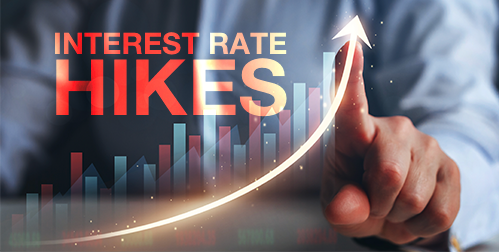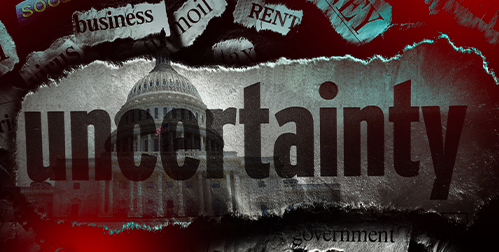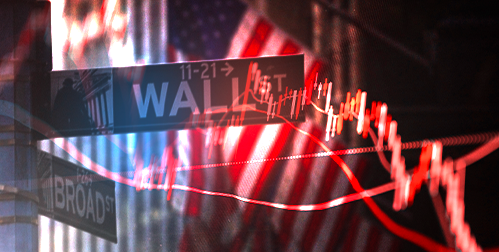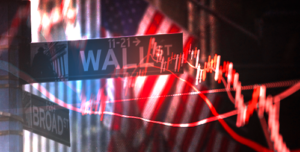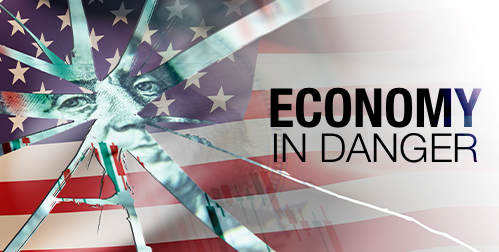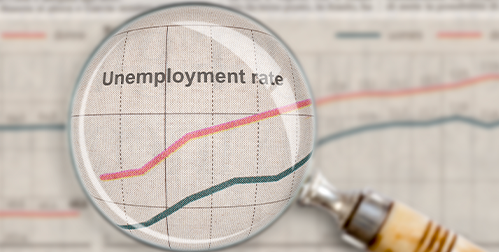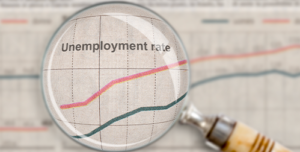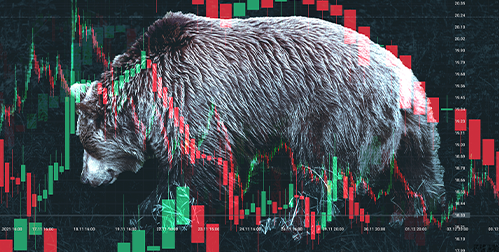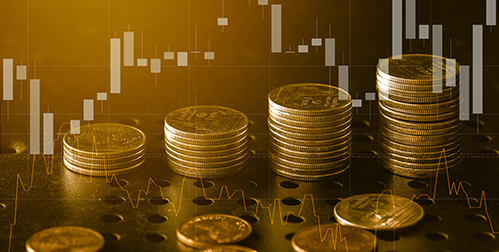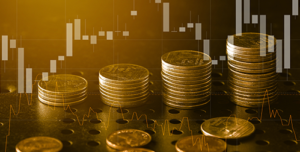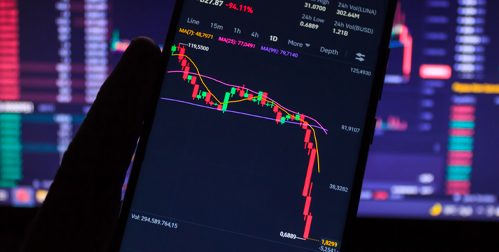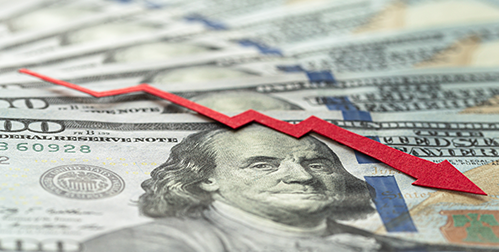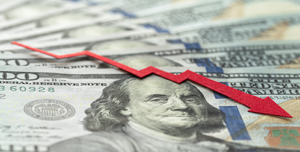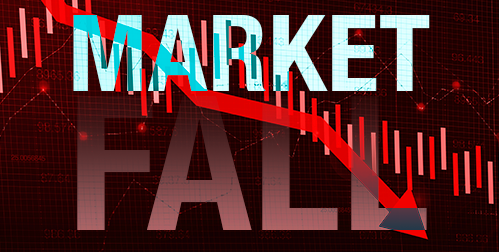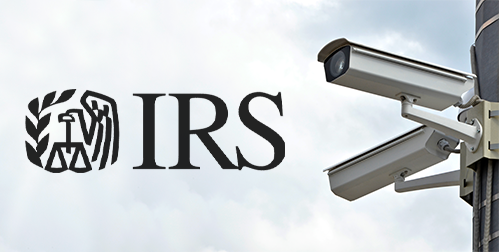- The Federal Reserve raised interest rates .75 percent to fight inflation
- The Fed will continue raising rates well into next year with the aim of hitting a 2% inflation rate
- The blistering rate hikes could cause recession, sink stock markets and raise unemployment
Interest Rates Increased by 75 Basis Points for Third Straight Month
Federal Reserve raised interest rates three quarters of a percentage point to fight inflation. This is the third massive interest rate hike in a row. The goal of this rapid escalation is to ease inflation by slowing the economy.
Inflation is at its highest levels since the 1980s. To the shock of the Fed, inflation rose in August. The increase occurred even after two record setting rate hikes. After this rate increase, the rate is now in the 3% – 3.25% range. That is the highest it has been since 2008.1
The Fed indicated they will keep hiking rates to well above the current level. They signaled rates could be raised to 4.6% in 2023. Which means another potential three-quarters point hike in November. Fed Board members don’t expect to cut rates until at least 2024.2
This is the most aggressive tightening cycle as of 1990. Fed Chairman Powell surrendered any hope that inflation was transitory when rates were raised back in March. And after his remarks in Jackson Hole, he has virtually given up on achieving a ‘soft landing’. Instead, he warned of pain coming to households and businesses.
Members of the Federal Reserve Board hope inflation drops down to 5.4% by the end of this year. But when food and energy prices are removed from their calculations, inflation is expected to drop only .1% this year. They don’t plan on reaching their 2% inflation goal until 2025.3
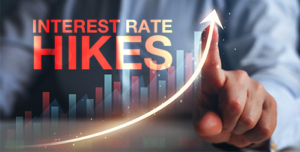
Effects of Rate Increases
Rate increases make home loans, credit cards and car financing more expensive. Some credit card issuers have hiked up their rates to 20%. Mortgage rates have nearly doubled from one year ago to 6%. Existing home sales plunged in August. That’s the seventh straight monthly drop. Prospective buyers are failing to qualify for mortgages as rates tick up.4
The Fed says they feel comfortable raising rates because of the current low unemployment numbers. They point to an hourly pay increase of 5.2% from last year. What they don’t emphasize is that inflation more than wipes out any wage gains.5 Unemployment is expected to rise to 4.4% by next year from its current 3.7%. Unemployment jumps that large usually go hand in hand with a recession.
The Fed predicts GDP growth slowing to .2% in 2022. That’s down 1.5% from their last estimate in June. Their prediction follows two consecutive quarters of negative growth. In other words, we’re in a technical recession and expect it to continue into next year.
Market experts fear the Fed will slow the economy more than investors expect. Some traders are pricing in the idea that the Fed will give up when they get close enough to their inflation target. That they won’t force a recession to stop inflation. Chairman Powell wants to drive home that there will be no pivot.
“The Fed almost always over-tightens because it uses lagging indicators,” said Tom Porcelli, chief U.S economist with RBC Capital Markets, “It has to wait for everything to be out in the open.”6
The stock market is going to be battered if another 75-basis point hike is issued at the next Fed meeting. The rate increase will create a drastic slowdown in profits and the economy.
The Chief Investment Officer with Citi Global Wealth said, “People haven’t considered the amount of earnings declines and the impact on the markets. There’s a real risk to the economy. It’s why we’re worried about corporate earnings next year.”7
The Federal Reserve has proven that they are committed to stopping inflation at any cost. By continuing this path with wavering, the Fed could cause markets to collapse, unemployment to jump and a severe recession to take hold. The effects on retirement funds could be devastating. There is a way to protect your savings. Ask us about a Gold IRA today to learn more.
